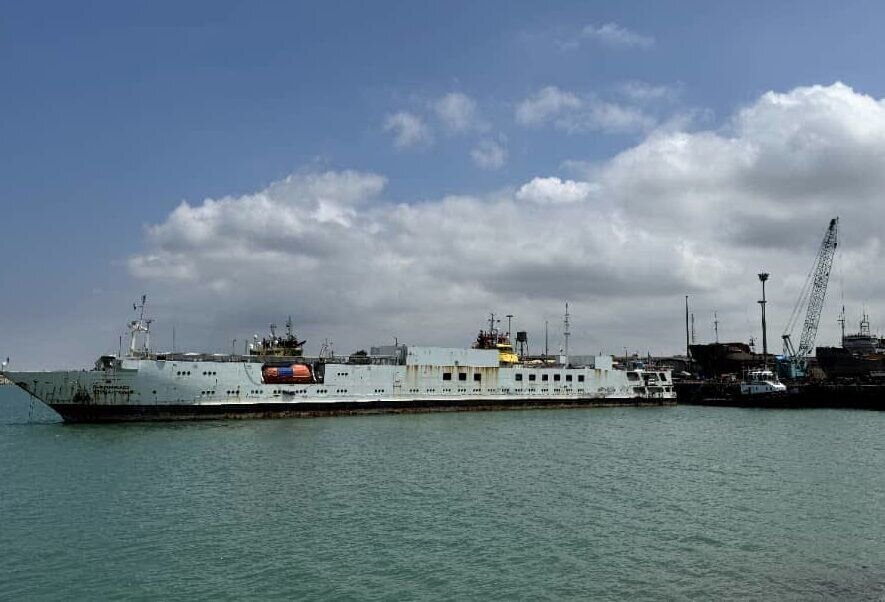
Similar Posts
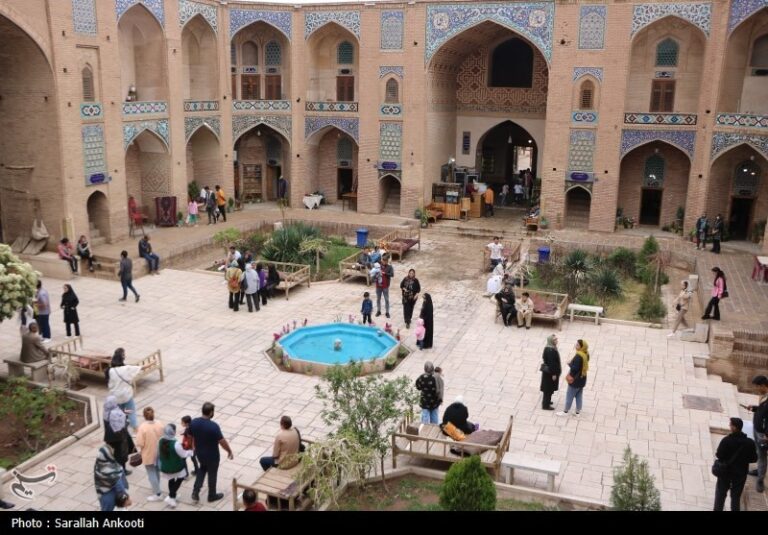
Explore the Historic Ganj Ali Khan Square: Kerman’s Cultural Gem in Iran
Kerman’s historical square is a captivating blend of rich architecture and vibrant culture, showcasing the city’s past. The oval square, surrounded by bustling bazaars, the Ganj Ali Khan School, traditional baths, and a water reservoir, serves as a lively hub for tourists. Visitors can explore the narrow alleyways, engaging with local vendors and savoring traditional cuisine. The square, covering 5,346 square meters, reflects Kerman’s architectural beauty and historical significance. It remains a community gathering spot, offering a sensory experience filled with local crafts and cultural celebrations. A visit here promises deep immersion into Kerman’s heritage and lively atmosphere.
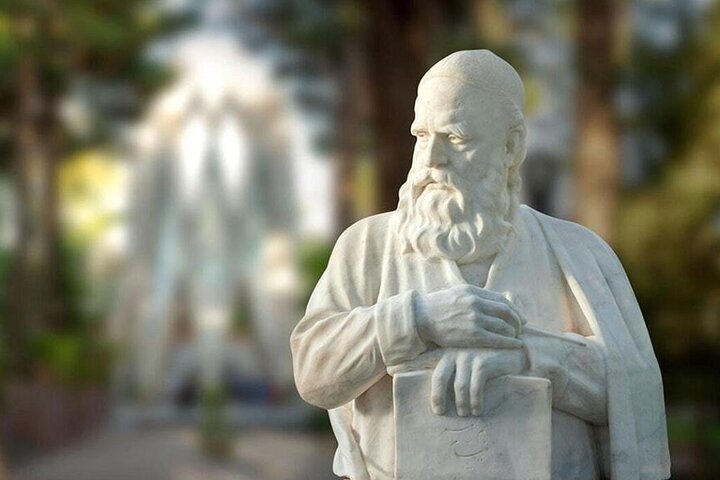
Khayyam: The Visionary Who Unites Science and Art in a Unique Fusion
On May 18, Iran commemorates National Day of Omar Khayyam, honoring the influential Persian poet, mathematician, and astronomer. Born in Neyshabur, Khayyam’s contributions span literature, mathematics, and calendar reform. His celebrated work, the Rubaiyat, explores existential themes and resonates globally. Notably, he advanced algebra, particularly in solving cubic equations, and played a key role in creating the accurate Jalali calendar. Khayyam’s interdisciplinary approach blends scientific rigor with artistic expression, inspiring scholars and artists today. His mausoleum in Neyshabur stands as a testament to his enduring legacy, reflecting his profound impact on literature, science, and philosophy.
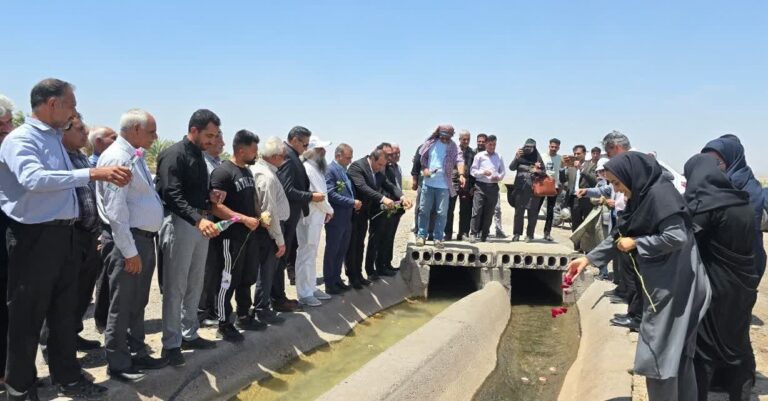
Reviving Heritage: Locals Celebrate Ancient Qanats with Vibrant Flowers and Fragrant Rosewater
In southeastern Iran, the ancient tradition of honoring qanats, subterranean aqueducts critical for life in arid regions, has been revitalized after fifty years. The city of Bam recently celebrated the National Day of Qanats with a ceremony featuring flower casting and rosewater sprinkling over the waters, coinciding with the peak flow period post-Nowruz. This revival, initiated in 2022, emphasizes the importance of preserving qanats, recognized as UNESCO World Heritage sites. Participants expressed gratitude for ancestral knowledge, aiming to instill appreciation in younger generations while highlighting the qanats’ cultural significance and their role in sustainable water management.
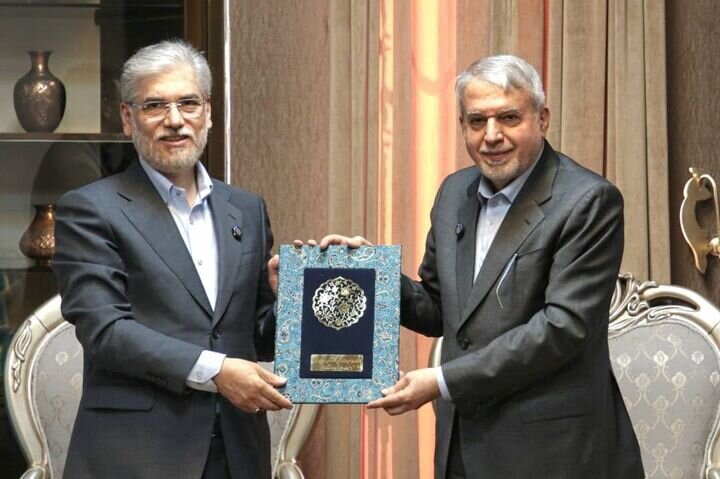
Transforming Heritage: New Strategic Partnership Unites Science and Conservation Efforts in Iran
Iran’s Ministry of Cultural Heritage, Tourism, and Handicrafts has signed a cooperation agreement with the Ministry of Science, Research, and Technology to enhance national identity and preserve cultural heritage. This partnership will integrate academic research with cultural initiatives, focusing on safeguarding historical sites and fostering creative industries. Key objectives include promoting cultural awareness, enhancing academic involvement in heritage conservation, and encouraging student participation in cultural programs. Both ministries emphasize the importance of preserving intangible heritage, such as traditional festivals. This collaboration aims to intertwine education with cultural preservation, inspiring national pride and identity among future generations.
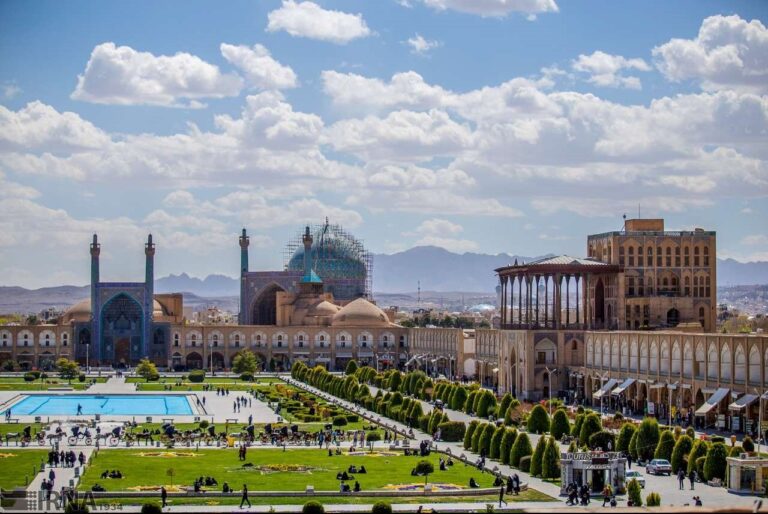
UNESCO Heritage at Risk: New Study Investigates Subsidence Threats to Isfahan’s Iconic Square
Authorities in Isfahan are initiating a comprehensive study to address land subsidence at the UNESCO-listed Naqsh-e Jahan Square, a critical cultural site housing 17th-century monuments. With alarming subsidence rates of 15 to 18 centimeters per year, attributed to groundwater over-extraction and water shortages, the study aims to propose mitigation solutions. A 20-billion-rial research contract is in place, and discussions with national authorities are ongoing to secure funding for preventative measures. Isfahan’s rich architectural heritage and historical significance make this endeavor essential for preserving the city’s cultural treasures for future generations.

Discover the Beauty: 17th-Century Iranian Royal Tiles Unveiled at Scottish Museum
A rare 17th-century Iranian tile panel, a prime example of Safavid artistry, will be publicly displayed for the first time in two decades at V&A Dundee in Scotland. This exquisite artwork, composed of 114 painted tiles and originally from the Haft Dast Palace, showcases a lush garden scene dating back to Shah Abbas II’s reign (1642–1666). The panel will be part of the exhibition “Garden Futures: Designing With Nature,” opening May 17, following extensive conservation by National Museums Scotland. Curator James Wylie describes it as a “masterpiece,” highlighting the cultural significance of gardens in ancient Iran as symbols of paradise and power.